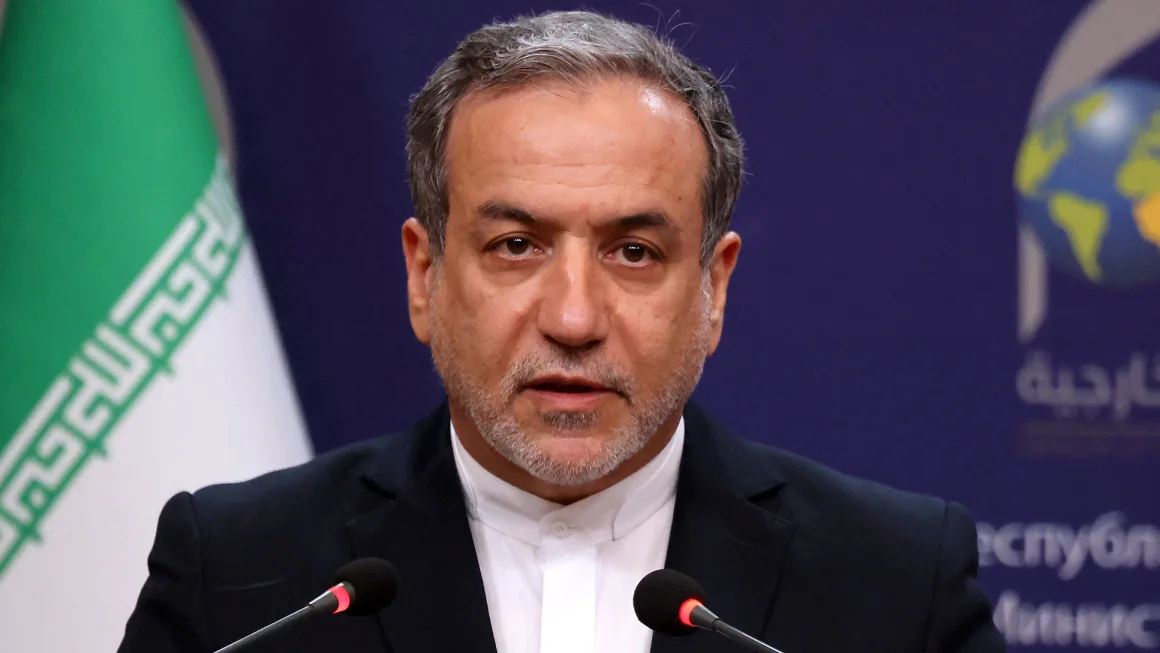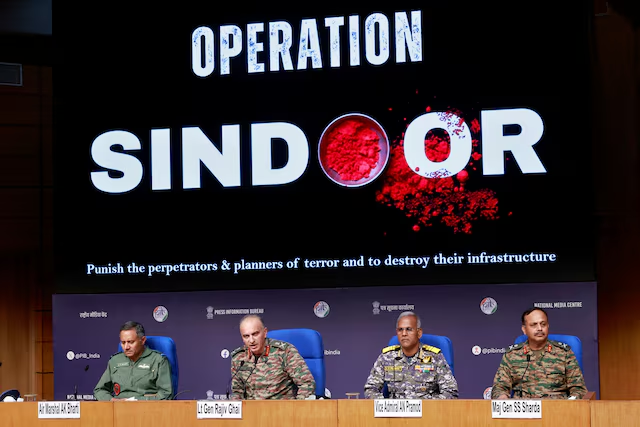Taiwan has successfully test-fired the U.S.-made High Mobility Artillery Rocket System (HIMARS), showcasing its growing long-range strike capabilities amid escalating tensions with China. The launch, captured on video and released by Taiwan’s Ministry of National Defense, marks a significant step in Taipei’s efforts to strengthen its defense posture and deter potential aggression from Beijing.
The test took place at a military base in southern Taiwan as part of a larger live-fire exercise. According to Taiwan’s defense officials, the HIMARS performed as expected, demonstrating both precision and speed. The move is widely viewed as a response to China’s increasing military pressure, including frequent incursions into Taiwan’s air defense identification zone (ADIZ) and provocative naval drills around the island.
In a statement following the test, Taiwan’s Defense Minister Chiu Kuo-cheng said, “This system provides Taiwan with advanced strike capabilities to counter regional threats and ensure the safety of our territory and people.” He emphasized that the deployment of HIMARS enhances the island’s “asymmetric defense strategy” — focusing on high-impact, mobile, and precise systems that could repel a larger invading force.
HIMARS, developed by U.S. defense contractor Lockheed Martin, is capable of firing precision-guided missiles over 300 kilometers, depending on the munition type. It has been used extensively in recent global conflicts, including by Ukraine in its war against Russia, where it has proven effective against supply lines and command centers.
The U.S. approved the sale of HIMARS to Taiwan in 2020 as part of a broader $10 billion arms package, which also included air-to-ground missiles, coastal defense systems, and surveillance equipment. While delivery had been delayed by production backlogs and diplomatic sensitivities, Taiwan confirmed that a portion of the HIMARS units are now operational.
Beijing swiftly condemned the test, accusing the U.S. and Taiwan of escalating tensions in the Taiwan Strait. China’s Foreign Ministry called the test-firing “a dangerous provocation” and reiterated its position that Taiwan is an inseparable part of Chinese territory. “We oppose any military cooperation between Taiwan and the United States. This action undermines peace and stability in the region,” a spokesperson said.
China has not ruled out the use of force to reunify with Taiwan, and has intensified military drills simulating amphibious assaults and air strikes. In response, Taiwan has been increasing defense spending, upgrading its military, and pursuing deeper ties with allies like the U.S. and Japan.
Analysts say the HIMARS test is a symbolic and strategic move aimed at bolstering deterrence. “Taiwan is sending a clear message that it can strike back if attacked,” said Ian Easton, a defense expert at the Project 2049 Institute. “HIMARS adds a potent tool to its arsenal and complicates any invasion scenario for China.”
U.S. officials have not commented directly on the launch but reaffirmed Washington’s commitment to helping Taiwan maintain its self-defense capabilities under the Taiwan Relations Act.
As the region braces for further military maneuvers and political posturing, Taiwan’s HIMARS test underscores the rapidly shifting balance of power in East Asia—and the growing risks of confrontation in one of the world’s most volatile flashpoints.
Source: CNN



